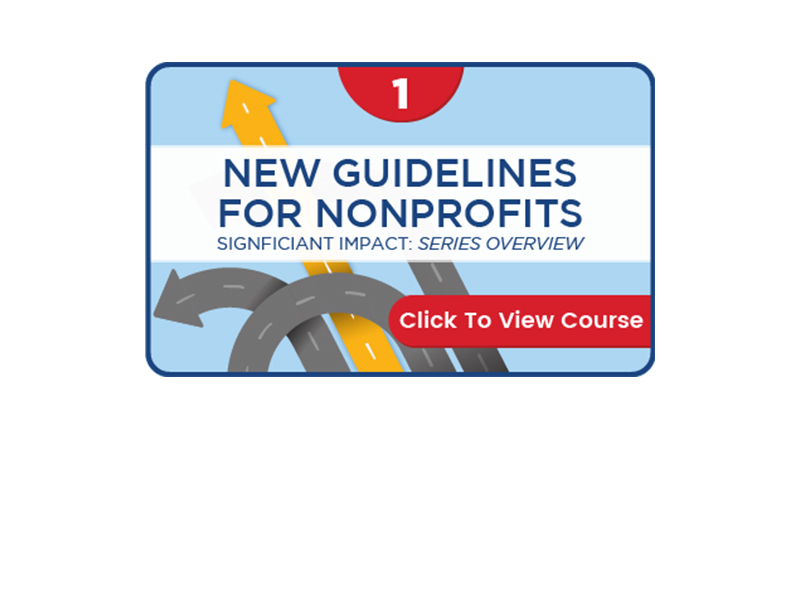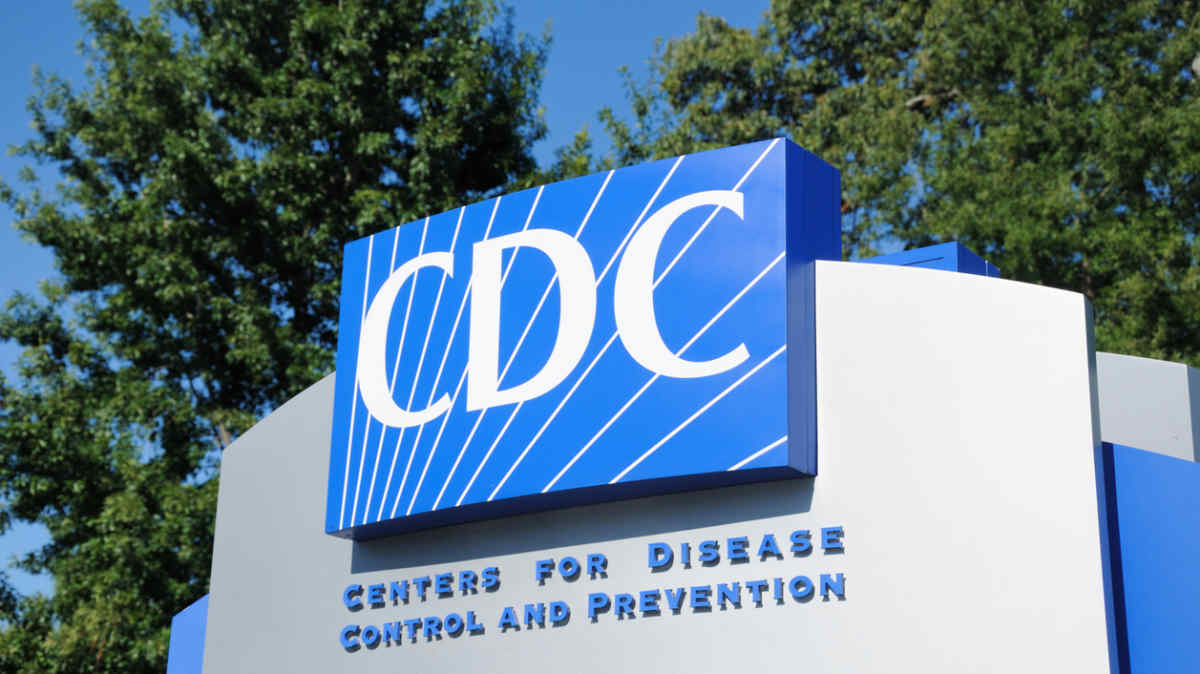
New Nonprofit Guidelines Defy Establishment Ideology
March 14, 2020
Resources for Nonprofits Facing COVID-19
March 15, 2020Fundraising During The Coronavirus Pandemic

The coronavirus is causing pandemonium and in the short term may even get worse. Regardless let’s review some steps that will guide us through this difficult period. For starters, let’s agree that panicking and crawling into a hole because of the coronavirus is not a reasonable option. Business goes on, whatever the economic conditions. You can’t not raise funds. You can’t treat loyal and responsive donors like statistics. And you can’t stop building your donor database. If you do these things, your donor list will shrink through attrition and your income will slack off to a dribble. The only defensible, businesslike way to respond to an economic crisis is to recognize that fundraising requires both continuing investment and ongoing care. If the choice arises between cutting back slightly on programs or slashing the fundraising budget, you may shoot yourself in the foot if you opt for the latter. It doesn’t take long to destroy an effective fundraising operation— and then where will your programs be?
Fundraising During The Coronavirus Pandemic
Here’s nine concrete steps you can use for Fundraising During The Coronavirus Pandemic.
Fish Where the Big Fish Are. It’s obvious to anyone professionally involved in fundraising that it’s generally more cost-effective to raise money in big chunks than in little ones. A grant from an institutional funder or a significant gift from an individual major donor rarely comes at a high cost of fundraising. And anyone who’s attended even one fundraising conference or workshop has surely become acquainted with the Pareto Principle, or 80/20 rule, which teaches us that a relatively small number of more generous donors account for the lion’s share of the net philanthropic revenue our organizations receive. All of this points to the wisdom of focusing more time, effort, and money on generous and responsive donors and less effort on less productive ones.
Strengthen Your Case for Giving. Although many of us in the social sector believe the public owes us a living—we’ve nobly accepted lower pay and longer hours, after all—money doesn’t just materialize. It has to be earned. And there’s nothing better than a recession to drive this point home. Take the opportunity to reexamine your case for giving. And be certain your donors understand both the more urgent need for your services during tough times and the many concrete steps you’re taking to increase your efficiency and effectiveness. Just be careful not to make a big deal about how your organization’s fundraising efforts are suffering. Take it from me: Your donors don’t care. They care about how your clients or beneficiaries are faring.
Stick with What Works. Many fundraising consultants and nonprofit managers are enamored with “creativity.” But when that word means nothing more than fl ashy graphics and splashes of brightly colored ink, everyone loses. If the decades-long experience of direct marketers has anything at all to teach the fundraising profession, it’s that different isn’t always better. An economic downturn does not justify throwing out what has worked in the past. In fact, it’s a time for caution and cost cutting.
Cut Costs with a Scalpel, Not an Ax. There are lots of easy ways to cut fundraising costs. You can stop prospecting for new donors. You can eliminate thank-yous to donors. You can cut out telemarketing efforts, slash the direct mail budget, and reduce the major gift staff . The only problem with this heedless approach is that it’s a prescription for bankruptcy.
Be Attentive to Your Donors. A study of high net worth American donors conducted late in 2008 by the Center on Philanthropy at Indiana University for Bank of America revealed that the No. 1 reason donors stopped giving to a particular charity was “no longer feeling connected to the organization.” This is no surprise. All donors need to feel appreciated. They need to feel informed. Their confidence in the charity needs to be constantly reinforced. At no time can a nonprofit operate as though its donors will continue giving no matter how they’re treated.
Do Due Diligence. No major gift officer worth her salt would dream of visiting a prospect without attempting to uncover every possible bit of intelligence on the prospect’s giving history and personal interests (among many other things). Why, then, is it wrong for a fundraiser who deals with hundreds or thousands of donors at a time—through the mail, by phone, or online—to gather personal information about potential donors before approaching them for gifts? Sadly, most direct response fundraisers act as though this is an unnatural act. We work from bare-bones databases. Generic appeals predominate. We write to our “Dear Friend” or our “Dear Donor” without any inkling of what might interest or motivate that person. Surely, we all understand that such an impersonal approach might be necessary in new-donor acquisition eff orts. But don’t we know more about our donors than simply that they’ve given us money once upon a time?
If we have anything more than the most rudimentary of databases, we know how much our donors have given, and how frequently. We know how long they’ve been giving to us. And we know what sort of appeal triggered their initial gifts, whether it was a letter, a phone call, e-mail, a visit to our Web site, or a conversation with a friend. Even if that’s all the information we integrate into our appeals, surely it’ll do a better job of securing additional support than a crude “Dear Donor” letter!
Break Down the Silos. Here’s how fundraising typically goes at major universities: The communications department sends an alumna a magazine. The liberal arts college sends her its solicitations a couple of times a year. The university annual fund enlists students to call her. The history department (her major) is all over her for a gift, too. So is the graduate school of social science (where she received her MA) and the alumni association, which is constantly mailing brochures about exotic trips around the world. And I could go on. Is it any wonder so many universities cry about the low rate of annual fund “participation” by their alumni?
Reassess the Whole Ball of Wax: Fundraising, Marketing, and Communications. Accountability mechanisms and systematic evaluation are essential management practices. Unfortunately, the nonprofit sector does not universally employ them. But economic distress has a way of pushing us to assess thoroughly all that we’re doing. Now’s the time to put in place a regular process that will allow your fundraising, marketing, and communications programs to function at the highest degree of efficiency and effectiveness.
Am I saying that if you follow these recommendations—Covid 19 will go away? Will you achieve fundraising nirvana? Hardly. I offer these suggestions because I believe that if you apply them judiciously, you’ll maximize your income in the short run and preserve your capacity for renewed growth once economic conditions improve.
At the least, I hope you’ll find my optimism reassuring.
Mal Warwick has been raising money professionally since 1979. Fundraising During The Coronavirus Pandemic was adapted from his 19th book, Fundraising When Money Is Tight: A Strategic and Practical Guide to Surviving Tough Times and Thriving in the Future, published by Jossey-Bass.
Fundraising During The Coronavirus Pandemic was posted at InsideCharity.org on March 16, 2020

1 Comment
[…] For more articles like Mitigation Strategies for Nonprofits Facing Coronavirus VISIT HERE […]